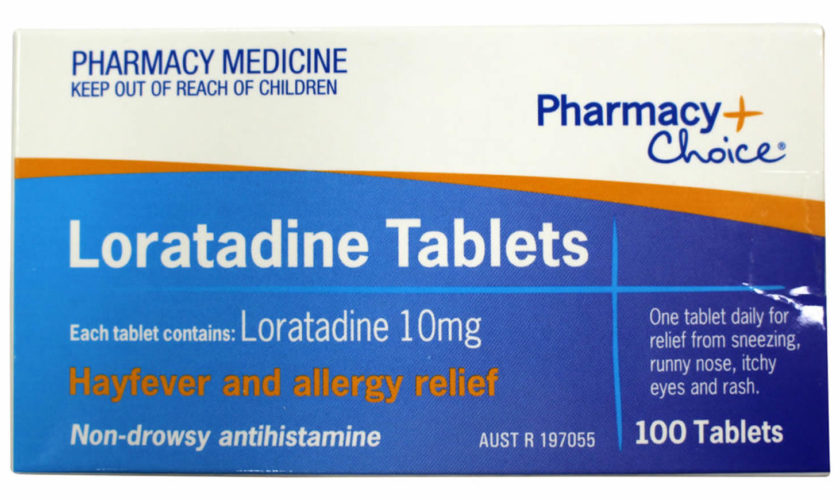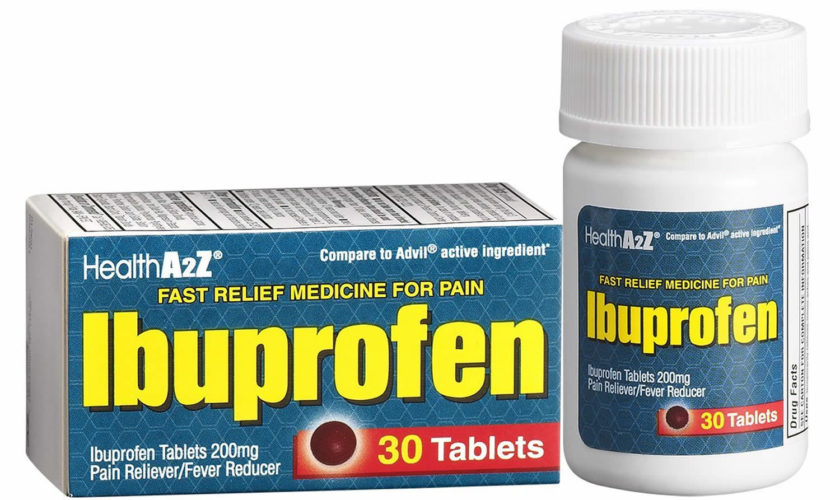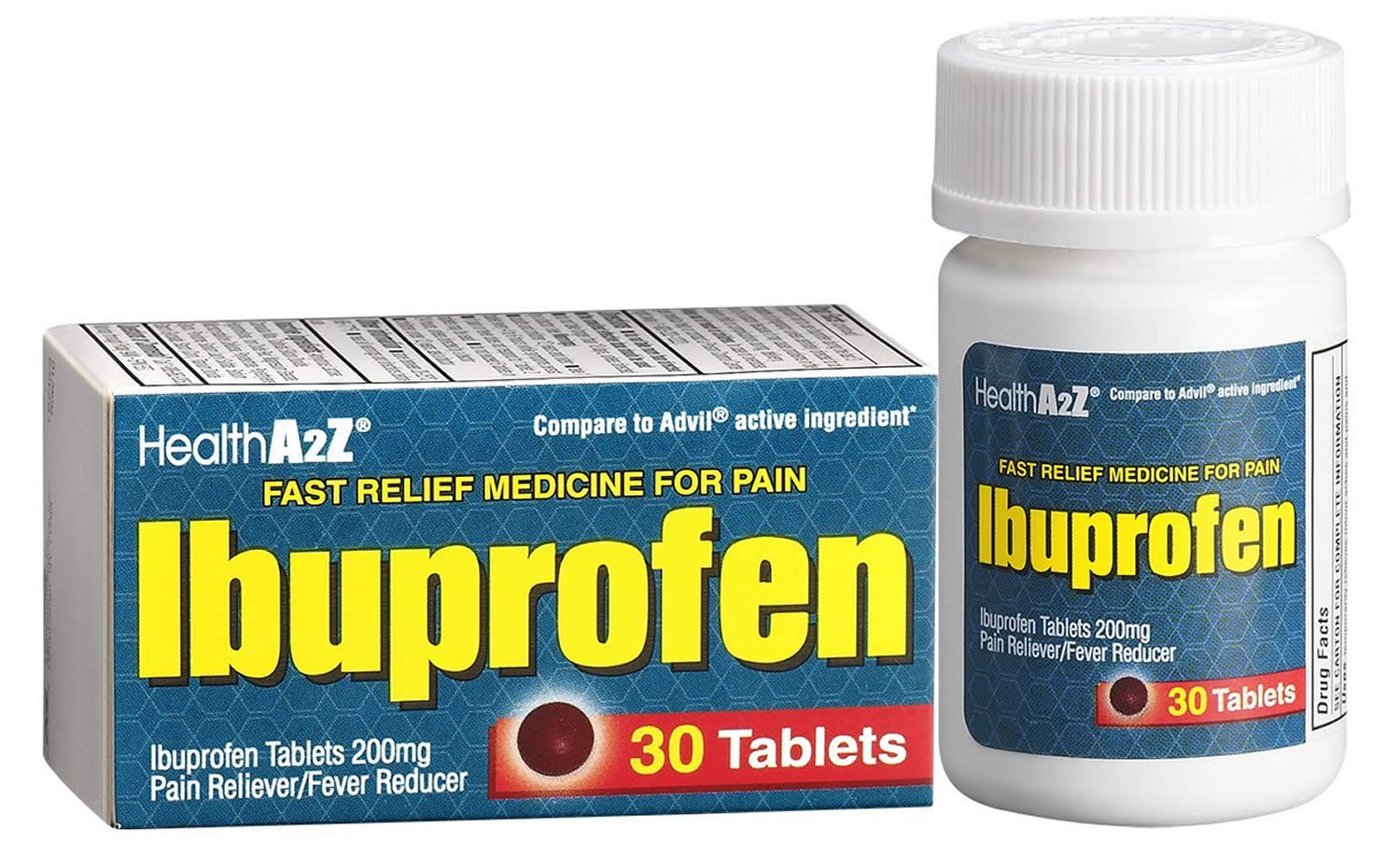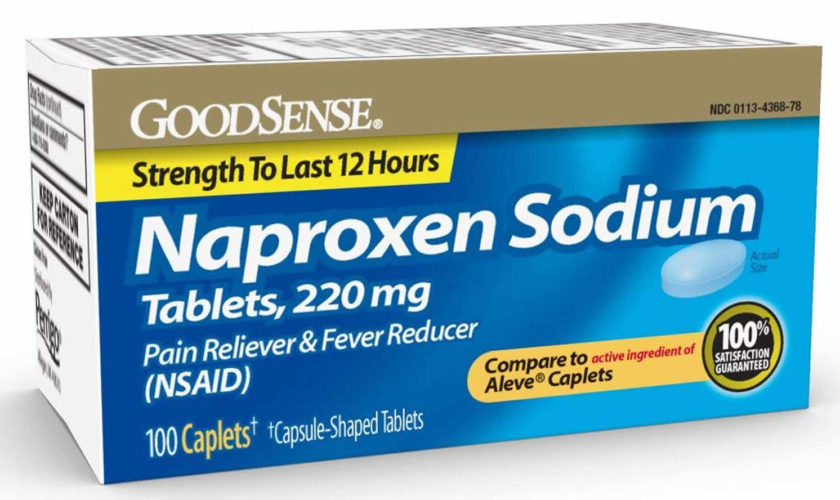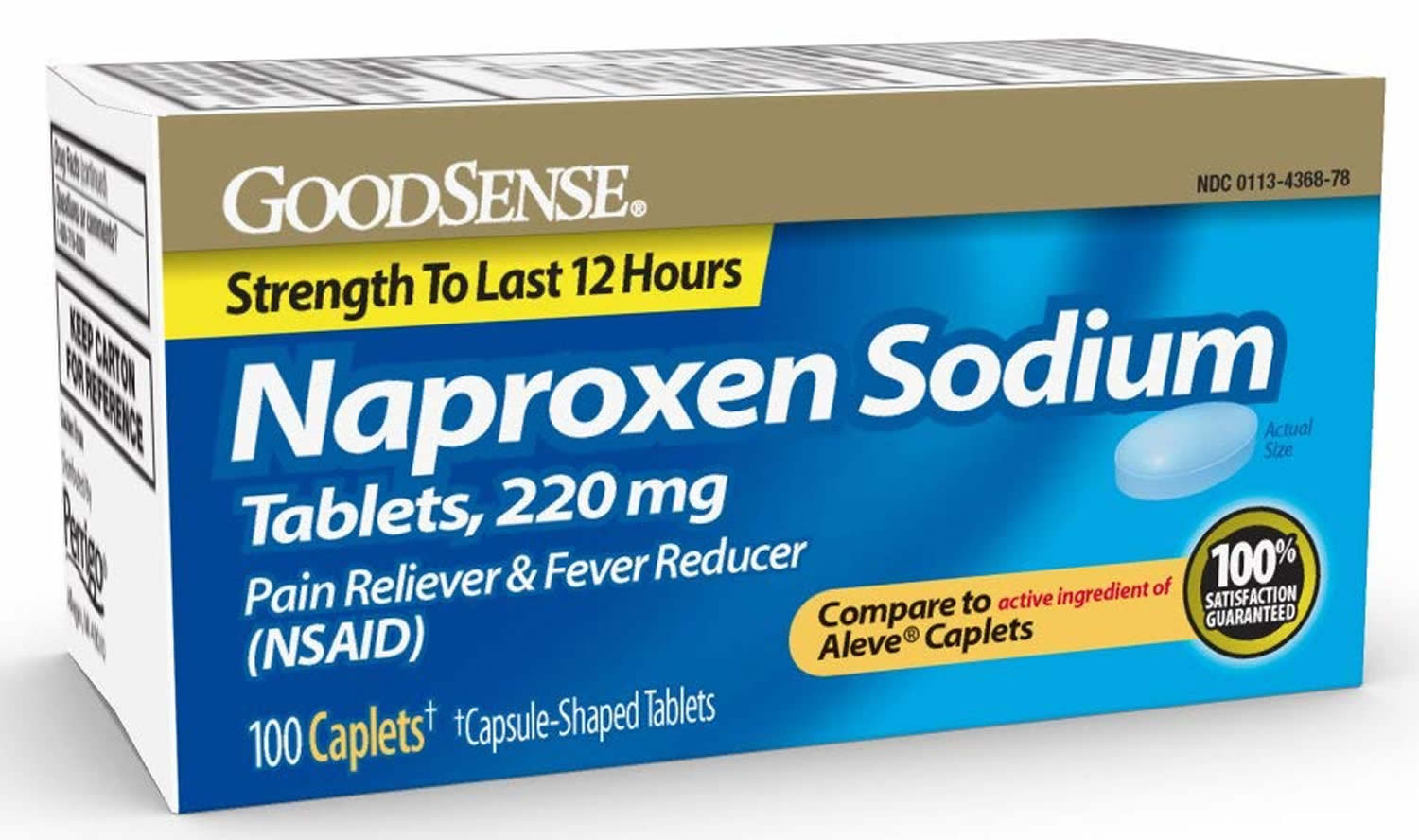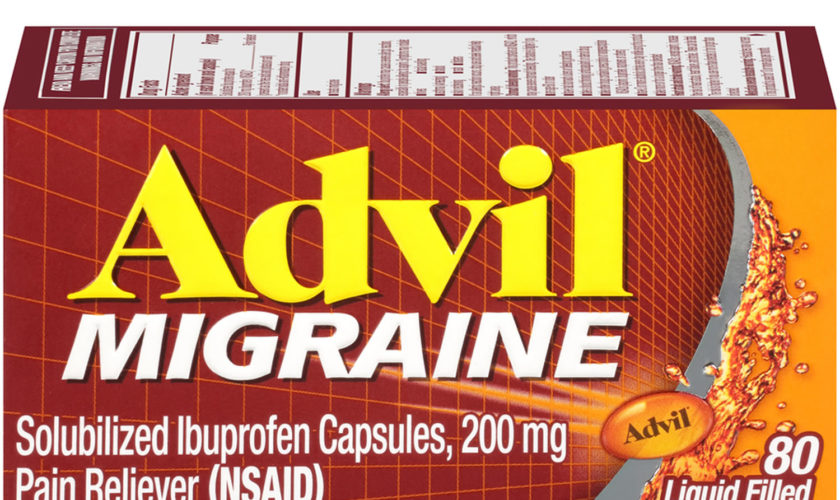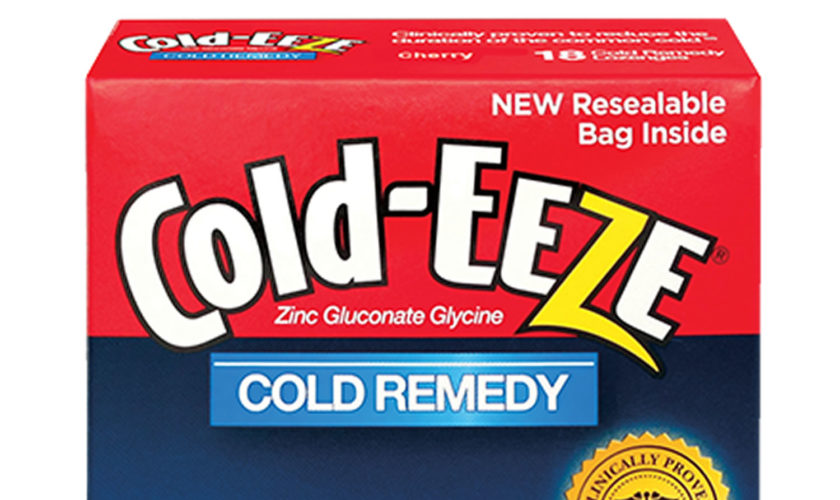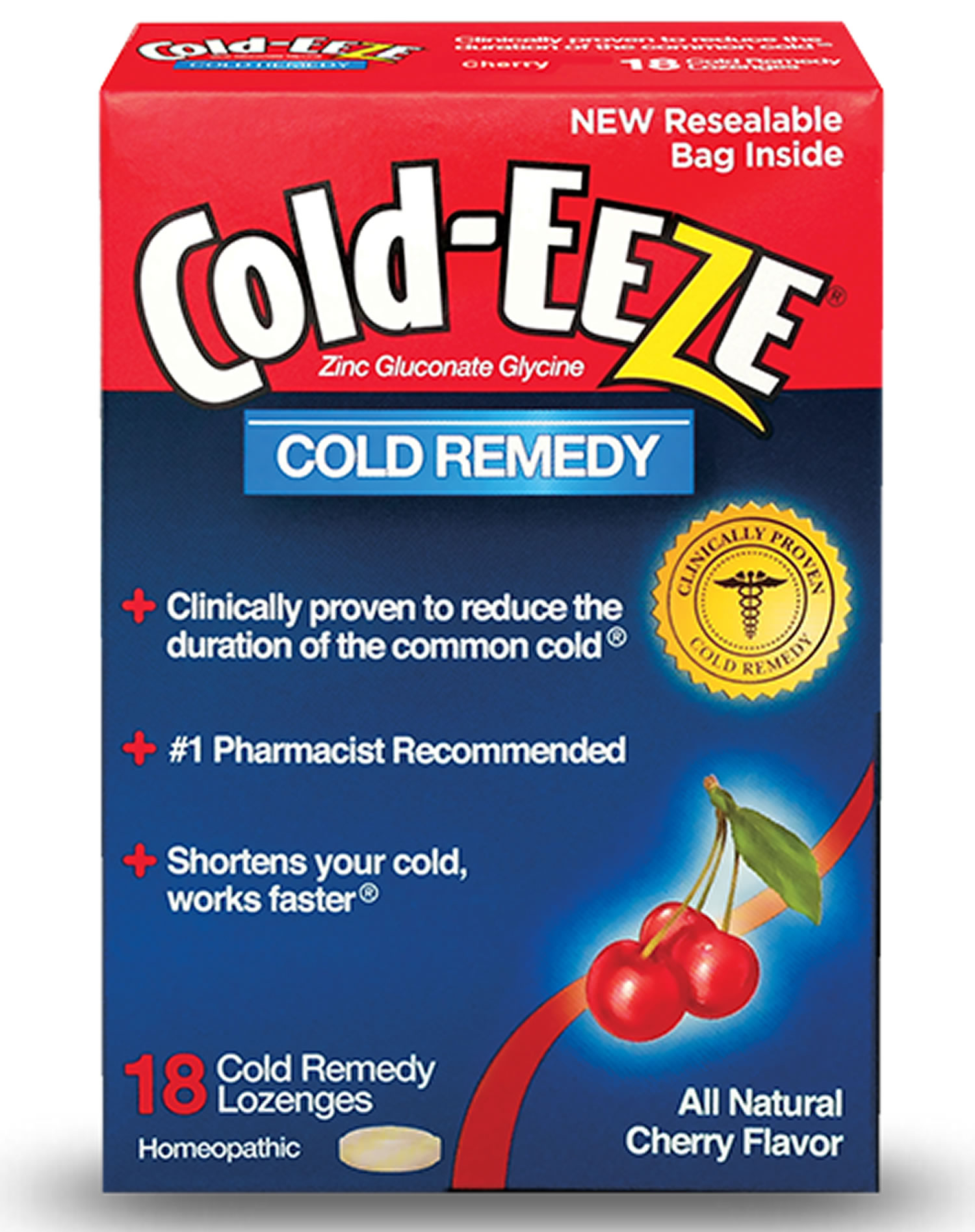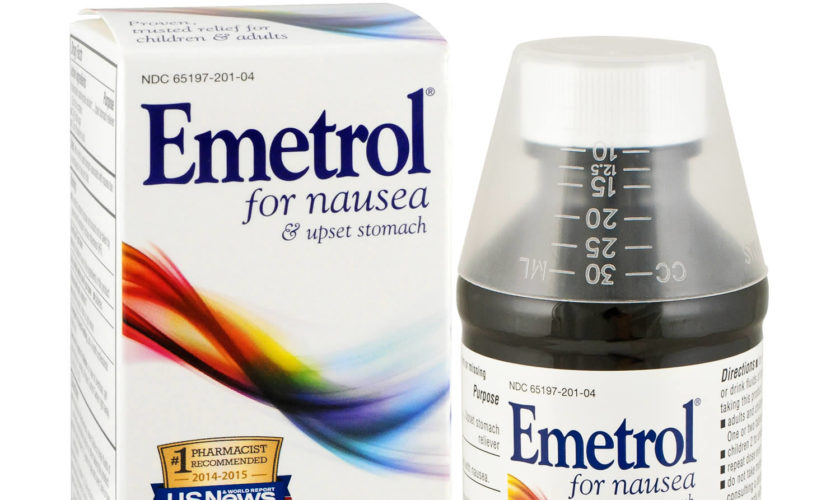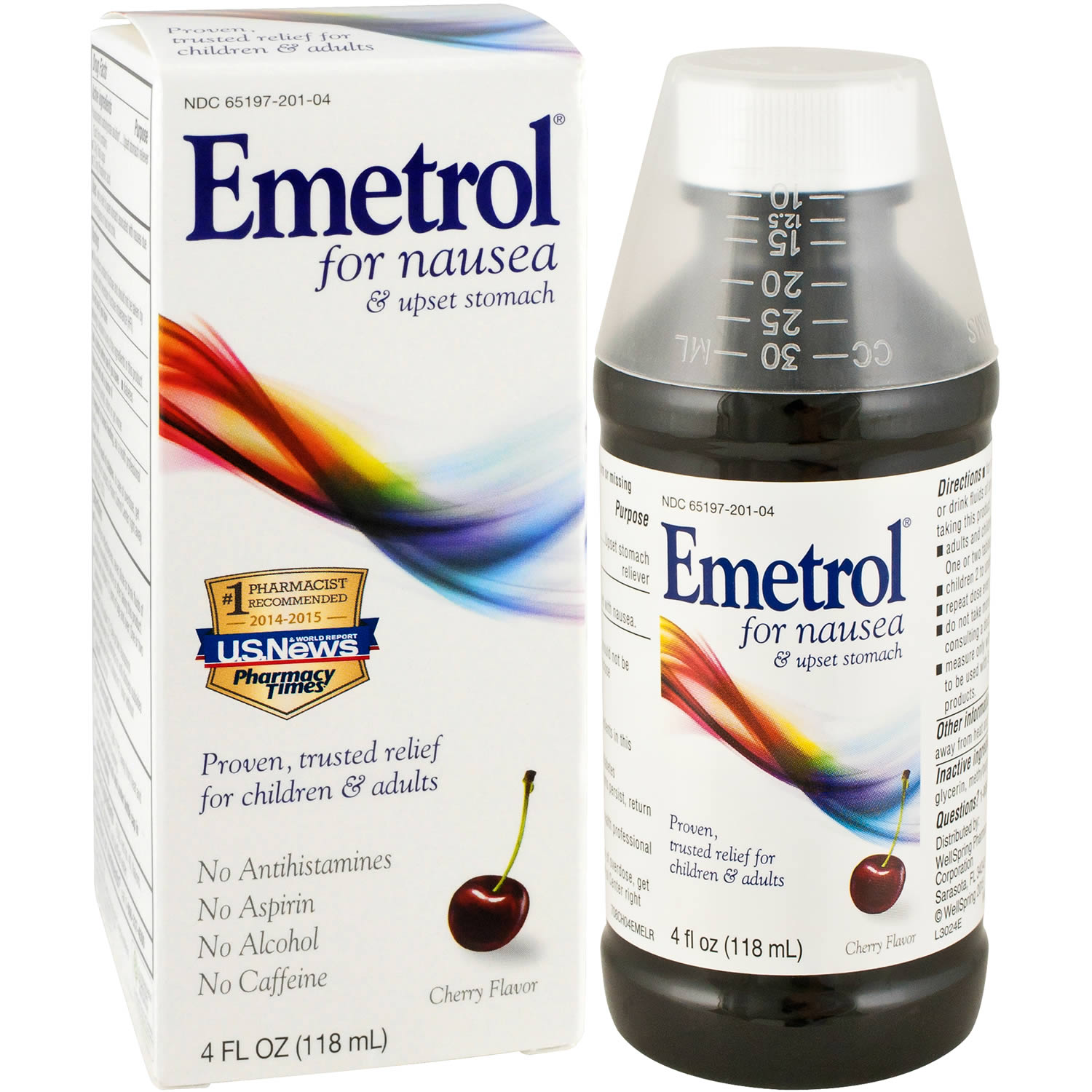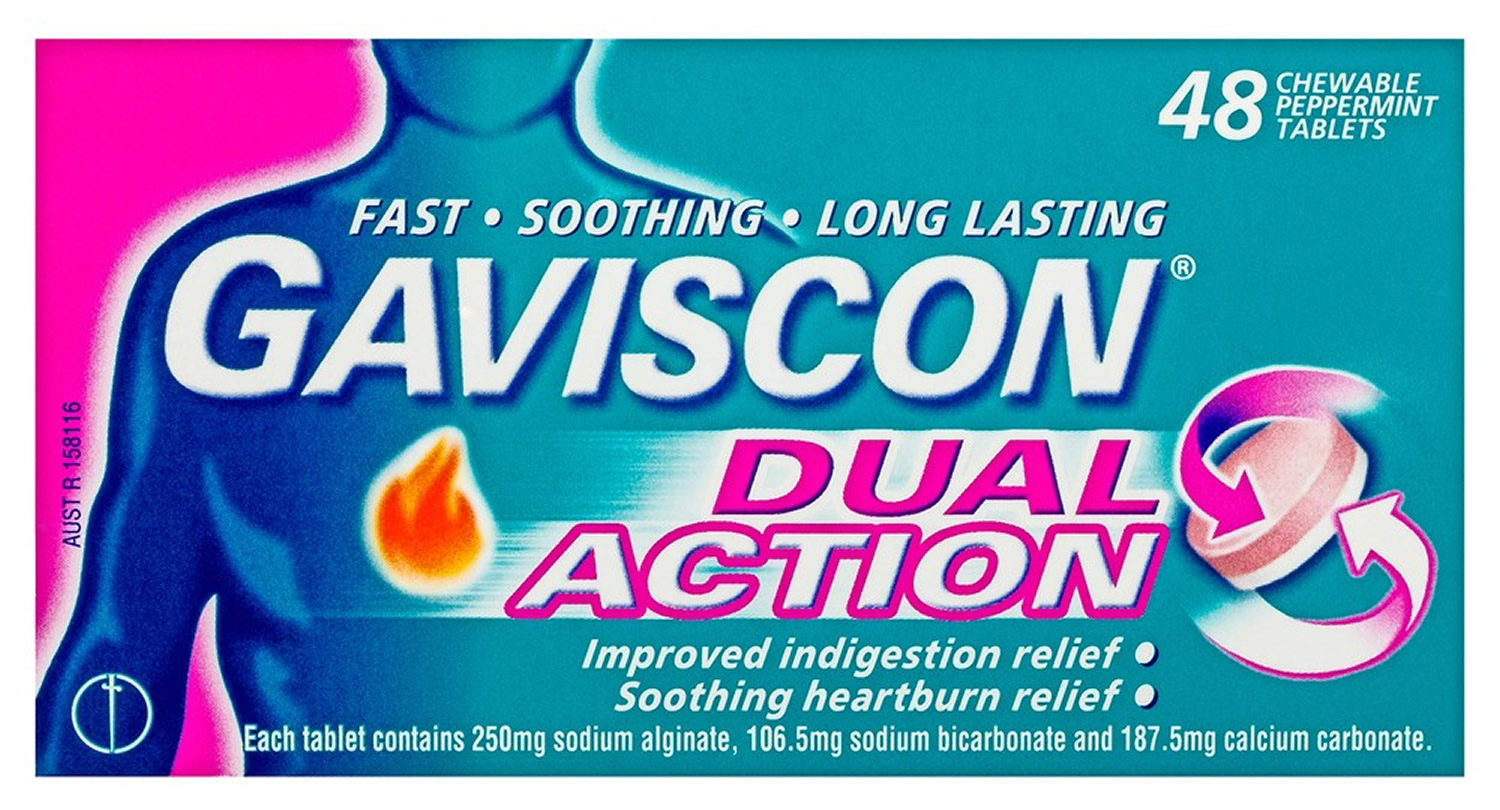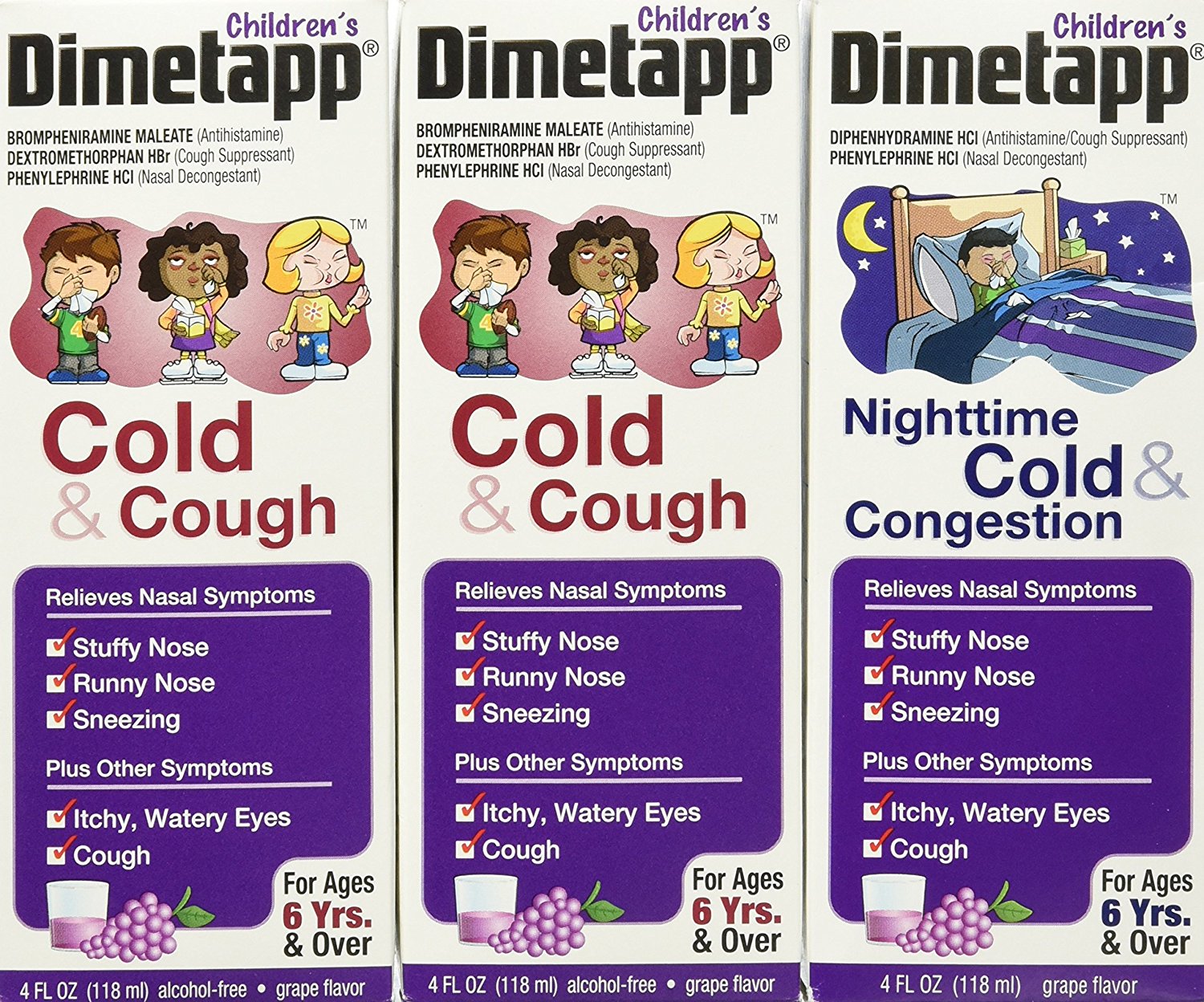What is loratadine
Loratadine is a non-drowsy antihistamine (a second generation antihistamine) medicine that relieves the symptoms of allergies. Loratadine is used to treat hay fever, allergic conjunctivitis (red, itchy eye), eczema and hives. Loratadine is also used for reactions to insect bites and stings and for some food allergies. Loratadine is much less likely to make you feel sleepy than some other antihistamines such as diphenhydramine. Most people prefer to take a non-drowsy antihistamine instead of a sedating one. An exception is when you want the medicine to make you sleepy because you’ve got itchy skin that’s keeping you awake.
Loratadine is a histamine [H1] receptor blocker, it works by blocking the action of histamine, a substance in the body that causes allergic symptoms. When you come into contact with something you have an allergy to, such as pollen, animal hair or fur, house dust or insect bites, your body produces a chemical called histamine. Histamine is a chemical that’s released by Mast cells in your body when an allergen is encountered that can produce symptoms of sneezing, hives, itching, watery eyes, and runny nose, also known as hypersensitivity reactions. Usually histamine is a useful substance but in an allergic reaction it causes unpleasant symptoms including itchy, watery eyes, running or blocked nose, sneezing and skin rashes. Loratadine blocks the effects of histamine and so reduces these symptoms.
Loratadine is also available in combination with pseudoephedrine (Sudafed, others). This article only includes information about the use of loratadine alone. If you are taking the loratadine and pseudoephedrine combination product, read the information on the package label or ask your doctor or pharmacist for more information.
Loratadine is available on prescription. You can also buy loratadine from pharmacies and supermarkets.
Loratadine comes as a syrup (liquid), an immediate acting and extended release tablet, and a rapidly disintegrating (dissolving) tablet to take by mouth. It is usually taken once a day with or without food. Follow the directions on the package label carefully, and ask your doctor or pharmacist to explain any part you do not understand. Take loratadine exactly as directed. Do not take more or less of it or take it more often than directed on the package label or recommended by your doctor. If you take more loratadine than directed, you may experience drowsiness.
If you are taking the rapidly disintegrating tablet, follow the package directions to remove the tablet from the blister package without breaking the tablet. Do not try to push the tablet through the foil. After you remove the tablet from the blister package, immediately place it on your tongue and close your mouth. The tablet will quickly dissolve and can be swallowed with or without water.
Do not use loratadine to treat hives that are bruised or blistered, that are an unusual color, or that do not itch. Call your doctor if you have this type of hives.
Stop taking loratadine and call your doctor if your hives do not improve during the first 3 days of your treatment or if your hives last longer than 6 weeks. If you do not know the cause of your hives, call your doctor.
If you are taking loratadine to treat hives, and you develop any of the following symptoms, get emergency medical help right away:
- difficulty swallowing,
- speaking, or breathing;
- swelling in and around the mouth or swelling of the tongue;
- wheezing; drooling;
- dizziness; or loss of consciousness.
These may be symptoms of a life-threatening allergic reaction called anaphylaxis. If your doctor suspects that you may experience anaphylaxis with your hives, he may prescribe an epinephrine injector (EpiPen). Do not use loratadine in place of the epinephrine injector.
Do not use this medication if the safety seal is open or torn.
Loratadine was evaluated for efficacy and safety in 228 patients with perennial allergic rhinitis. Taken at a dose of 10 mg once daily, loratadine was significantly more effective than placebo and comparable to terfenadine, 60 mg taken twice daily, in reducing combined symptom scores in this patient population. Efficacy was maintained throughout the 28 day course of treatment 1. The overall incidence of side effects with loratadine was low (14%) with few occurrences of sedation (3%) and dry mouth (4%).
Key facts
- It’s usual to take loratadine once a day.
- Loratadine is classed as a non-drowsy antihistamine, but some people still find it makes them feel slightly sleepy.
- Children may also have a headache and feel tired or nervous after taking loratadine.
- It’s best NOT to drink alcohol while you’re taking loratadine as it can make you feel sleepy.
- Loratadine is also called by the brand names Clarityn Allergy, Clarityn Rapide Allergy, Alavert, Claritin, Claritin Reditab, Clear-Atadine, Dimetapp ND, ohm Allergy Relief, QlearQuil All Day & Night, Tavist ND, Wal-itin.
Before taking loratadine – Precautions
- tell your doctor and pharmacist if you are allergic to loratadine, any other medications, or any of the ingredients in the type of loratadine you will be taking. Check the package label for a list of the ingredients.
- tell your doctor and pharmacist what prescription and nonprescription medications, vitamins, nutritional supplements and herbal products you are taking or plan to take. Be sure to mention medications for colds and allergies.
- tell your doctor if you have or have ever had asthma or kidney or liver disease.
- tell your doctor if you are pregnant, plan to become pregnant, or are breast-feeding. If you become pregnant while taking loratadine, call your doctor.
- if you have phenylketonuria (PKU, an inherited condition in which a special diet must be followed to prevent mental retardation), you should know that some brands of the orally disintegrating tablets may contain aspartame that forms phenylalanine.
Loratadine and alcohol
It’s best not to drink alcohol while you’re taking loratadine, as it can make you feel sleepy, drowsy and dizzy and increased your risk for loratadine overdose.
When will I feel better?
You should start to feel better within an hour.
How long should I take loratadine for?
It depends on why you’re taking it.
You may only need to take loratadine for a short time or as a one-off dose. If you have a reaction to an insect bite, you may only need to take loratadine for a day or 2.
You may need to take it for longer if you’re taking it to prevent symptoms from hay fever when the pollen count is high.
Talk to your doctor or pharmacist if you’re unsure how long you need to take loratadine for.
Is it safe to take loratadine for a long time?
Loratadine is unlikely to do you any harm if you take it for a long time. However, it’s best to take loratadine only for as long as you need to.
Can I take more than one antihistamine together?
Sometimes doctors recommend that people with severe itchy skin rash take 2 different antihistamines together for a few days.
As well as taking a non-drowsy antihistamine like loratadine during the day, your doctor may tell you to take a sedating antihistamine (e.g. Benadryl) at night if the itch is making it difficult to sleep.
Do not take 2 antihistamines together unless recommended by your doctor.
Can I take loratadine at higher doses than on the packet?
Your doctor might suggest you or your child take a higher dose of loratadine (up to 4 times the usual dose) for severe itchy skin rash or angioedema (swelling underneath the skin).
Taking high doses of loratadine isn’t suitable for everyone though. Speak to your doctor if you think loratadine isn’t working for you.
Can I take loratadine with other hay fever treatments?
Yes, it’s fine to take loratadine together with other hay fever treatments, for example steroid nasal sprays (such as Beconase, Rhinacort Aqua and Flixonase Nasules) or eye drops.
Can I take loratadine with painkillers?
Yes, you can take loratadine together with acetaminophen (Tylenol) or ibuprofen (Motrin or Advil).
Is there any food or drinks I need to avoid?
You can eat and drink normally while taking loratadine.
Can I drive or ride a bike with it?
Loratadine is classed as a non-drowsy antihistamine but it’s still possible to feel sleepy after taking it.
If this happens to you, don’t drive a car or ride a bike until you feel better.
Can lifestyle changes relieve hay fever?
It will help if you don’t spend too much time outside if the pollen count is high. Also:
Tips for when you’re outside:
- Don’t cut grass or walk on grass.
- Wear wraparound sunglasses to stop pollen getting into your eyes.
- Put Vaseline around your nostrils to help trap pollen.
- Shower and change your clothes after you’ve been outside to wash off pollen.
Tips for when you’re inside:
- Keep windows and doors shut as much as possible.
- Vacuum regularly and dust with a damp cloth.
- Don’t keep fresh flowers in the house.
- Don’t smoke or be around smoke as it makes hay fever symptoms worse.
Who can and can’t take loratadine
Loratadine can be taken by adults and children aged 2 years and older.
Loratadine isn’t suitable for some people. Tell your doctor or pharmacist if you:
- have had an allergy to loratadine or any other medicines in the past
- have severe liver failure
- have an intolerance to, or cannot absorb, some sugars such as lactose or sucrose
- have epilepsy or another illness that puts you at risk of fits
- have a rare illness called porphyria
- are booked to have an allergy test – taking loratadine may affect the results so you might need to stop taking it a few days before the test
Cautions with other medicines
Some medicines and loratadine interfere with each other and increase the chances of you having side effects.
Tell your doctor if you’re taking:
- amiodarone, a medicine used to treat an irregular heart beat
- cimetidine, an indigestion medicine
- erythromycin, an antibiotic
- ketoconazole, a medicine to treat fungal infections
- midodrine, a medicine used to treat low blood pressure
- ritonavir, a medicine used to treat HIV infection
- any medicine that makes you feel sleepy, gives you a dry mouth or makes it difficult for you to pee. Taking loratadine might make these side effects worse.
Tell your doctor or pharmacist if you’re taking any other medicines, including herbal remedies, vitamins or supplements.
Mixing loratadine with herbal remedies and supplements
There might be a problem taking some herbal remedies and supplements alongside loratadine – especially ones that cause sleepiness, a dry mouth or make it difficult to pee.
Ask your pharmacist for advice.
Loratadine in pregnancy and breastfeeding
It’s generally safe to take loratadine during pregnancy and while breastfeeding.
Can taking loratadine during pregnancy cause birth defects?
It is unlikely that loratadine would cause an increased chance for birth defects. One study with several limitations suggested a small risk for hypospadias (a condition where the opening of the penis is on the underside of the penis instead of at the tip). After collecting more data, this study author published another paper that admitted the increased risk originally seen may have been due to study limitation. In addition, additional studies of pregnant women taking loratadine have not supported an increased risk of any type of birth defect, including hypospadias. Also, studies involving infants with hypospadias did not find that their mothers used loratadine more frequently during pregnancy.
Can taking loratadine cause other pregnancy problems?
Loratadine is not expected to cause other pregnancy problems. A study of 161 women taking loratadine during the first trimester did not show any differences in the rates of delivery age, or birthweight compared to women who did not take loratadine.
I just found out that I am pregnant. Should I stop taking loratadine?
You should always speak with your healthcare provider before making any changes in your medication. It is important to consider the benefits of treating allergy symptoms during pregnancy. Treating allergy symptoms may help reduce asthma symptoms and sinus problems. This can prevent the need for extra medications. Allergy treatment may also lead to better sleep and emotional well-being.
Does taking loratadine during my pregnancy increase the chance of miscarriage?
Probably not. A study of 161 women taking loratadine during the first trimester did not show any differences in the rates of miscarriage.
Can loratadine make it harder for me to get pregnant?
One animal study did not report fertility issues in females exposed to loratadine. There are no other studies available.
Will loratadine affect my fertility?
There’s no evidence that loratadine affects male or female fertility.
Will loratadine affect my contraception?
For women, loratadine will not affect contraceptive pills or the morning after pill.
Loratadine and breastfeeding
If you’re breastfeeding and your baby was premature or has other health problems, talk to your doctor before taking loratadine.
Studies estimate that a breastfeeding baby whose mother is taking loratadine would get less than 1% of the mother’s dose. This dose of loratadine is thought to be too low to cause problems for the baby. Compared to some other antihistamines, loratadine has less chance of causing drowsiness for the mother or the baby. This, along with the low levels in milk, makes loratadine one of the preferred antihistamines for use during breastfeeding. Be sure to talk to your healthcare provider about all of your breastfeeding questions.
Because of its lack of sedation and low milk levels, maternal use of loratadine would not be expected to cause any adverse effects in breastfed infants 2. Loratadine might have a negative effect on lactation, especially in combination with a sympathomimetic agent such as pseudoephedrine. The British Society for Allergy and Clinical Immunology recommends loratadine at its lowest dose as a preferred choice if an antihistamine is required during breastfeeding 2.
After a single oral dose of 40 mg of loratadine in 6 women, average peak milk levels of 29.2 (range 20.4 to 39) mcg/L occurred at two hours after the dose 3. In addition, average desloratadine peak milk levels of 16 (range 9 to 29.6) mcg/L occurred at 5.3 hours after the dose. The total amount excreted in milk over 48 hours was 11.7 mcg of loratadine and its metabolite. However, the dose administered was four times greater than the usual dose of the drug, so a total dose of about 3 mcg would be expected with a 10 mg dose. The calculated average and maximum expected doses of loratadine plus desloratadine in milk were 0.46 and 1.1% and of the maternal weight-adjusted dose, respectively, after the 40 mg dose 3.
A survey of 51 mothers who took loratadine during breastfeeding between 1999 and 2001 was conducted by a teratogen information service 4. Most of the infants were over 2 months old and loratadine was generally taken for one week or less. Two mothers reported minor sedation in their infants, one at 3 days of age and one at 3 months of age. Both mothers were taking a dose of 10 mg daily. Weight gain and psychomotor development were similar to infants in a control group of breastfed infants unexposed to medications 5. An extension of the study that compared the results of this study (plus one additional patient) to that of a control group of 88 mothers who took a drug known to be safe while breastfeeding. No differences in sedation or any other side effects in the infant were found between mothers who took loratadine during breastfeeding and those of the control group 4.
Effects on Lactation and Breastmilk
Antihistamines in relatively high doses given by injection can decrease basal serum prolactin in nonlactating women and in early postpartum women 6, 7. However, suckling-induced prolactin secretion is not affected by antihistamine pretreatment of postpartum mothers 6. Whether lower oral doses of antihistamines have the same effect on serum prolactin or whether the effects on prolactin have any consequences on breastfeeding success have not been studied. The prolactin level in a mother with established lactation may not affect her ability to breastfeed.
One mother out of 51 mothers who took loratadine while nursing reported that she had decreased milk production after taking loratadine 10 mg daily for less than one week at 4 months postpartum 5.
What is loratadine used for?
Loratadine is often used to temporarily relieve the symptoms of hay fever (allergy to pollen, dust, or other substances in the air) and other allergies. These symptoms include sneezing, runny nose, and itchy eyes, nose, or throat. Loratadine is also used to treat itching and redness caused by hives. However, loratadine does not prevent hives or other allergic skin reactions.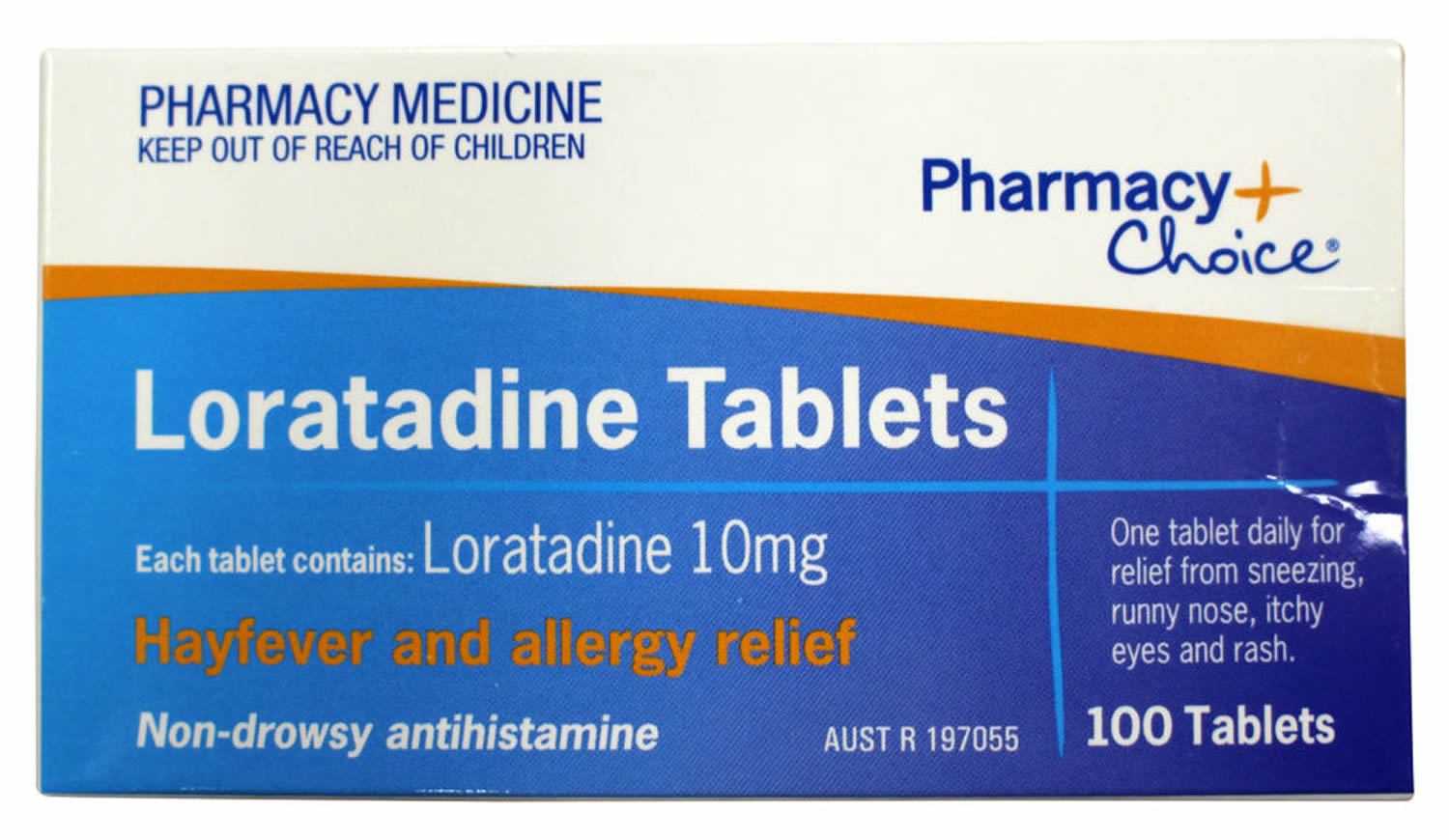
Loratadine dosage
Applies to the following strengths loratadine: 10 mg; 5 mg/5 mL; 5 mg
Usual Adult Dose for Allergic Rhinitis
10 mg orally once a day
Maximum dose: 10 mg/day
Use: Temporary relief of symptoms associated with hay fever or other upper respiratory allergies (e.g., runny nose, itchy, watery eyes, sneezing, itching of the nose/throat)
Usual Adult Dose for Urticaria
10 mg orally once a day
Maximum dose: 10 mg/day
Use: Temporary relief of symptoms associated with hay fever or other upper respiratory allergies (e.g., runny nose, itchy, watery eyes, sneezing, itching of the nose/throat)
Usual Pediatric Dose for Allergic Rhinitis
- 2 to 5 years: 5 mg orally once a day
Maximum dose: 5 mg/day
- 6 years and older: 10 mg orally once a day
Maximum dose: 10 mg/day
Use: Temporary relief of symptoms associated with hay fever or other upper respiratory allergies (e.g., runny nose, itchy, watery eyes, sneezing, itching of the nose/throat)
Usual Pediatric Dose for Urticaria
- 2 to 5 years: 5 mg orally once a day
Maximum dose: 5 mg/day
- 6 years and older: 10 mg orally once a day
Maximum dose: 10 mg/day
Use: Temporary relief of symptoms associated with hay fever or other upper respiratory allergies (e.g., runny nose, itchy, watery eyes, sneezing, itching of the nose/throat)
Renal Dose Adjustments
Dose adjustment(s) may be required; however, no specific guidelines have been suggested. Caution recommended.
Liver Dose Adjustments
Dose adjustment(s) may be required; however, no specific guidelines have been suggested. Caution recommended.
How and when to take loratadine
If you or your child have been prescribed loratadine, follow your doctor’s instructions about how and when to take it. If you’ve bought loratadine from a pharmacy or shop, follow the instructions that come with the packet.
How much should I take?
Loratadine comes as 10mg tablets and as a liquid medicine (labelled either 5mg/ml or 1mg/1ml). You can take loratadine with or without food.
The usual dose in adults is 10mg once a day.
Doses are usually lower for people with liver problems.
For children, your doctor will use your child’s weight or age to work out the right dose.
In studies with loratadine tablets at doses 2 to 4 times higher than the recommended dose of 10 mg, a dose-related increase in the incidence of somnolence was observed. therefore, some patients, particularly those with hepatic or renal impairment and the elderly, may experience somnolence 8.
How to take loratadine
Loratadine comes as 2 different types of tablet – ordinary and melt-in-the-mouth tablets.
Swallow ordinary loratadine tablets with a drink of water, milk or juice. If the tablet has a score line, you can break it in half if you find it hard to swallow it whole. Do not chew it.
Melt-in-the-mouth tablets dissolve instantly on your tongue without needing a drink. Be careful not to crush them when you take them out of the packet.
Loratadine liquid may be easier for children to take than tablets. The medicine will come with a plastic syringe or spoon to help you measure out the right dose. If you don’t have a syringe or spoon, ask your pharmacist for one. Do not use a kitchen teaspoon as it will not give the right amount.
Loratadine tablets and melt-in-the-mouth tablets must only be taken by children aged between 2 and 12 years if they weigh 30kg or more. Give children loratadine liquid if they weigh less than 30kg.
When to take loratadine
You may only need to take loratadine on a day you have symptoms, such as if you’ve been exposed to a trigger like animal hair. Or you may need to take it regularly to prevent symptoms, such as hay fever during spring and summer.
What should I do if I forget a dose?
Take your forgotten dose as soon as you remember, unless it is nearly time for your next dose. However, if it is almost time for the next dose, skip the missed dose and continue your regular dosing schedule. Do not take a double dose to make up for a forgotten dose.
If you forget doses often, it may help to set an alarm to remind you. You could also ask your pharmacist for advice on other ways to help you remember to take your medicine.
What if I take too much loratadine?
Loratadine is generally very safe. Taking too much is unlikely to harm you or your child.
If you take an extra dose by mistake, you might get a headache, have a rapid heartbeat or feel sleepy. If this happens or you’re concerned, contact your doctor.
Loratadine side effects
Like all medicines, loratadine can cause side effects although not everyone gets them.
Reported adverse events with an incidence of more than 2% in loratadine, 10 mg/daily versus placebo-controlled allergic rhinitis clinical trials percent of patients reporting: Headache (12%), Somnolence (8%), Fatigue (4%), Dry Mouth (3%) 9.
Common side effects
The most common side effect of loratadine is feeling sleepy. This happens in more than 1 in 100 people.
Children may also have a headache, feel tired or feel nervous. Talk to your doctor or pharmacist if these side effects bother you or don’t go away.
Tell your doctor if any of these symptoms are severe or do not go away:
- headache
- dry mouth
- nosebleed
- sore throat
- mouth sores
- difficulty falling asleep or staying asleep
- nervousness
- weakness
- stomach pain
- diarrhea
- red or itchy eyes
The following adverse events have been reported in 2% or fewer patients 9:
Autonomic Nervous System
Altered lacrimation, altered salivation, flushing, hypesthesia, impotence, increased sweating, thirst.
Body As a Whole
Angioneurotic edema, asthenia, back pain, blurred vision, chest pain, conjunctivitis, earache, eye pain, fever, leg cramps, malaise, rigors, tinnitus, upper respiratory infection, weight gain.
Cardiovascular System
Hypertension, hypotension, palpitations, syncope, tachycardia.
Central and Peripheral Nervous System
Blepharospasm, dizziness, dysphonia, hyperkinesia, migraine, paresthesia, tremor, vertigo.
Gastrointestinal System
Abdominal distress, altered taste, anorexia, constipation, diarrhea, dyspepsia, flatulence, gastritis, increased appetite, nausea, stomatitis, toothache, vomiting.
Musculoskeletal System
Arthralgia, myalgia. Psychiatric: Agitation, amnesia, anxiety, confusion, decreased libido, depression, impaired concentration, insomnia, nervousness, paroniria.
Reproductive System
Breast pain, dysmenorrhea, menorrhagia, vaginitis.
Respiratory System
Bronchitis, bronchospasm, coughing, dyspnea, epistaxis, hemoptysis, laryngitis, nasal congestion, nasal dryness, pharyngitis, sinusitis, sneezing.
Skin and Appendages
Dermatitis, dry hair, dry skin, photosensitivity reaction, pruritus, purpura, rash, urticaria.
Urinary System
Altered micturition, urinary discoloration.
Some side effects may be serious.
Serious side effects
A serious allergic reaction is an emergency. Contact a doctor straight away if you think you or someone around you is having a serious allergic reaction.
If you experience any of the following symptoms, stop taking loratadine and call your doctor immediately:
- rash
- hives
- itching
- swelling of the eyes, face, lips, tongue, throat, hands, arms, feet, ankles, or lower legs
- hoarseness
- difficulty breathing or swallowing
- wheezing
In rare cases, loratadine may cause a serious allergic reaction.
The warning signs of a serious allergic reaction are:
- getting a skin rash that may include itchy, red, swollen, blistered or peeling skin
- wheezing
- tightness in the chest or throat
- having trouble breathing or talking
- swelling of the mouth, face, lips, tongue, or throat
These are not all the side effects of loratadine. For a full list see the leaflet inside your medicines packet.
How to cope with side effects
What to do about:
- feeling sleepy – try a different non-drowsy antihistamine. If this doesn’t help, talk to your doctor.
Human Toxicity Reports
Somnolence, tachycardia, and headache have been reported with overdoses greater than 10 mg (40 to 180 mg) 10.
Use of antihistamines is not recommended in newborn or premature infants because this age group has an increased susceptibility to anticholinergic side effects, such as central nervous system (CNS) excitation, and an increased tendency toward convulsions 11. A paradoxical reaction characterized by hyperexcitability may occur in children taking antihistamines 11.
Dizziness, sedation, confusion, and hypotension may be more likely to occur in geriatric patients taking antihistamines 11. A paradoxical reaction characterized by hyperexcitability may occur in geriatric patients taking antihistamines. Geriatric patients are especially susceptible to the anticholinergic side effects, such as dryness of mouth and urinary retention (especially in males), of the antihistamines. If these side effects occur and continue or are severe, medication should probably be discontinued.
Loratadine overdose
In case of overdose, call the poison control helpline at 1-800-222-1222. Information is also available online at https://www.poisonhelp.org/help. If the victim has collapsed, had a seizure, has trouble breathing, or can’t be awakened, immediately call your emergency services number.
Symptoms of loratadine overdose may include:
- fast or pounding heartbeat
- drowsiness
- headache
- unusual body movements
- Bruttmann G, et al; J Allergy Clin Immunol 83 (2 Pt 1): 411-16; 1989 https://www.ncbi.nlm.nih.gov/pubmed/2563743
- Powell RJ, Du Toit GL, Siddique N et al. BSACI guidelines for the management of chronic urticaria and angio-oedema. Clin Exp Allergy. 2007;37:631-50 https://www.ncbi.nlm.nih.gov/pubmed/17456211
- Hilbert J, Radwanski E, Affine MB et al. Excretion of loratadine in human breast milk. J Clin Pharmacol. 1988;28:234-9. https://www.ncbi.nlm.nih.gov/pubmed/2966185
- Merlob P, Stahl B. Prospective follow-up of adverse reactions in breast-fed infants exposed to loratadine treatment (1999-2001). BELTIS Newsl. 2002;Number 10:43-51.
- Messinis IE, Souvatzoglou A, Fais N et al. Histamine H1 receptor participation in the control of prolactin secretion in postpartum. J Endocrinol Invest. 1985;8:143-6 https://www.ncbi.nlm.nih.gov/pubmed/3928731
- Merlob P. Prospective follow-up of adverse reactions in breast-fed infants exposed to maternal loratadine treatment; 1999-2002
- Pontiroli AE, De Castro e Silva E, Mazzoleni F et al. The effect of histamine and H1 and H2 receptors on prolactin and luteinizing hormone release in humans: sex differences and the role of stress. J Clin Endocrinol Metab. 1981;52:924-8 https://www.ncbi.nlm.nih.gov/pubmed/7228996
- PDR; Physicians’ Desk Reference. 50th Ed. Montvale, NJ: Medical Economics Co. p.2349; 1996
- PDR; Physicians’ Desk Reference. 50th Ed. Montvale, NJ: Medical Economics Co. p.2350;1996
- PDR; Physicians’ Desk Reference. 50th Ed. Montvale, NJ: Medical Economics Co. p.2350; 1996
- USP Convention. USPDI – Drug Information for the Health Care Professional. 16th ed. Volume I. Rockville, MD: U.S. Pharmaceutical Convention, Inc. 1996 (Plus updates)., p. 327
